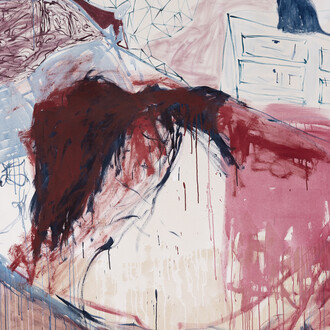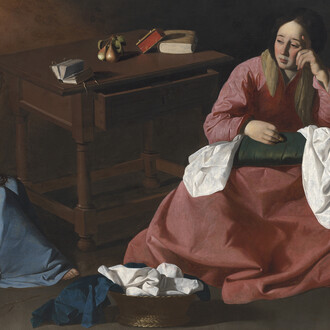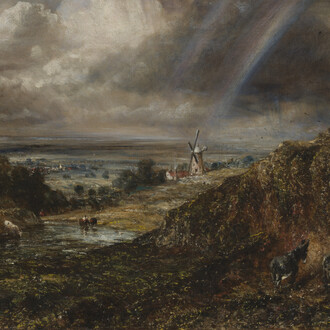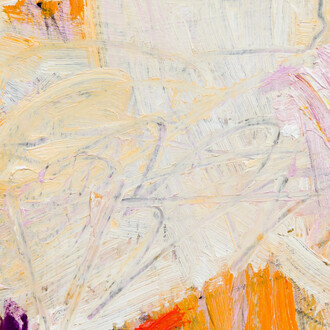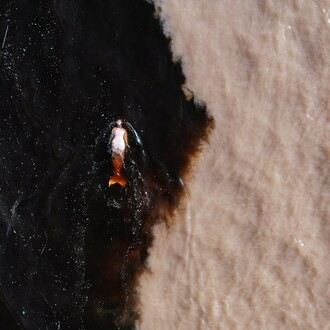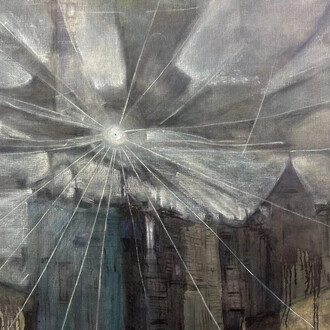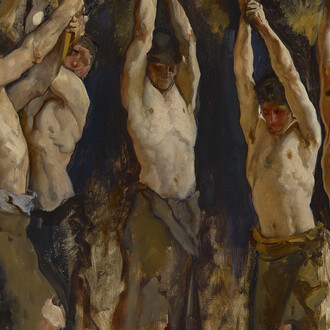Facets offers an insight into the extraordinary work of multi-disciplinary artist Almuth Tebbenhoff, revealing her ongoing investigation into the transformative possibilities of sculptural materials. From clay and steel to marble and paper, the works on display unfold a sensitive, intelligent search for meaning and purpose in both the natural world and the broader universe.
Born in 1949 in Fürstenau, a flat rural region in northwest Germany, Almuth Tebbenhoff’s experiences of vast landscapes and wide night skies fostered a deep connection with the natural world that would later influence her visual vocabulary. She recalls her father, a hobby astronomer, urging her and her sisters to witness the satellite Sputnik through his telescope, visible across the night sky. At the age of 18 she moved to England following a student’s exchange where eventually she studied ceramics at Sir John Cass School of Arts. After completing her studies in 1975, she set up her first studio in London, where, for the next six years she made studio ceramics while developing her ideas for sculpture.
In 1981, Tebbenhoff established her studio in a former church hall in Southfields, London, which remains her primary workshop. Over the years she has created bold work with a variety of materials following training in metal fabrication, marble carving and drawing. She now works with bronze, clay, steel and marble, each material offering its own challenges and opportunities for exploration. The key inspiration though remains steel with its capacity to span distances and create dynamic volume without substance. The process is dramatic with noisy machinery and sparks flying and the effects are instantly visible.
Her early steel pieces (1989-93) were abstract monochromatic explorations of geometric 3D illusions coated with grey industrial paint. The fluorescent paint on the backs gave them the appearance of floating on a mysterious cushion of reflected colour on a white wall. Since the mid-nineties Tebbenhoff has been moving towards a freer mode of expression, creating explosive forms in vibrant colours. Reflecting on her practices Tebbenhoff says: “I love the feel of the materials in my hands - the forming and shaping, the cutting, welding, grinding, chipping, stroking. I try to achieve simplicity and beauty and avoid adding on anything that shouldn’t be there”.
Central to the exhibition, the fractured geometric forms of Petrified wall I and II (1994) invite viewers to engage with disintegration, deep time and the release of the imagination. The shadows add another layer to deepen the mystery. Similarly Full disclosure (2014) a rectangular structure of chopped and welded steel appears to succumb to an invisible force, sagging under its own weight, suggesting strength in vulnerability. The work extends rigidly into the spectator’s space, its appearance and colour shifting depending on the viewpoint.









